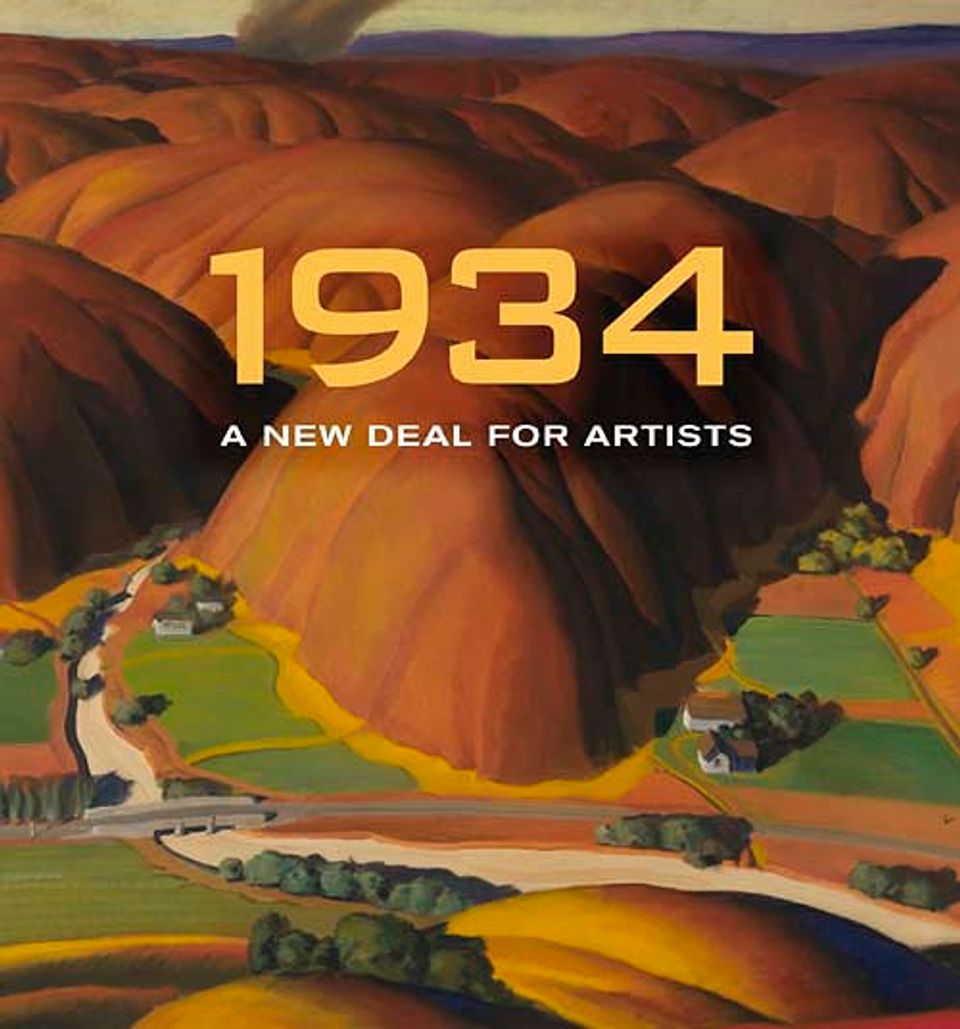Copied
Ross Dickinson, Valley Farms, 1934, oil on canvas, 39 7⁄8 x 50 1⁄8 in. (101.4 x 127.3 cm.), Smithsonian American Art Museum, Transfer from the U.S. Department of Labor, 1964.1.40
Copied
Artwork Details
- Title
- Valley Farms
- Artist
- Date
- 1934
- Location
- Dimensions
- 39 7⁄8 x 50 1⁄8 in. (101.4 x 127.3 cm.)
- Credit Line
- Transfer from the U.S. Department of Labor
- Mediums
- Mediums Description
- oil on canvas
- Classifications
- Subjects
- Architecture Exterior — domestic — farmhouse
- New Deal — Public Works of Art Project — California
- Landscape — valley
- Landscape — farm
- Landscape — mountain
- Object Number
- 1964.1.40
Artwork Description
Water, green grass, and swelling earth conjure a bucolic utopia. But Dickinson introduced disquieting details, as if to suggest that danger exists even in paradise. The tiny fire in the field at lower right, probably set to burn dry bush, echoes a massive column of smoke across the hills in the distance. The hills themselves have the orange-red tint of the rainless months, when California's mountains become tinderboxes and fires can sweep down into the valleys.
Dickinson's painting captures the fear underlying America's hopes for better days during the Depression.















